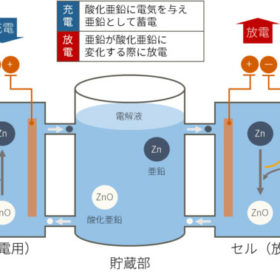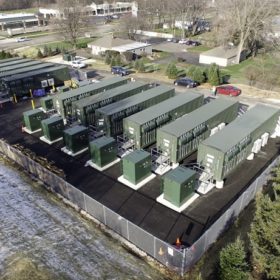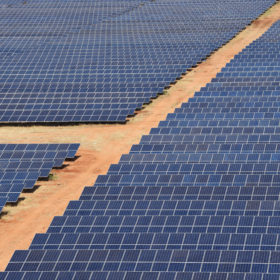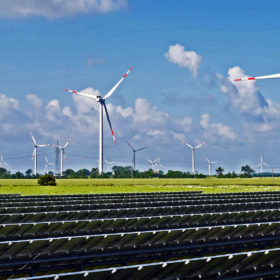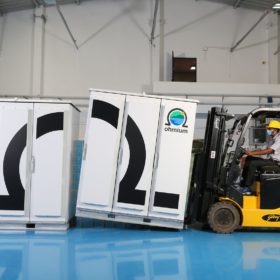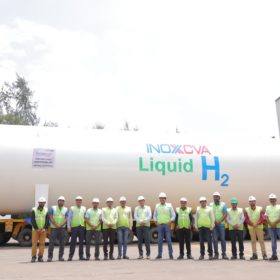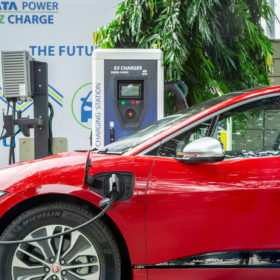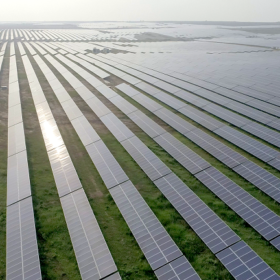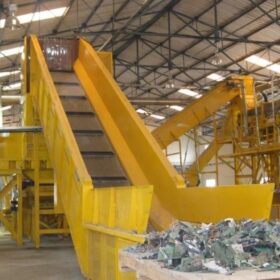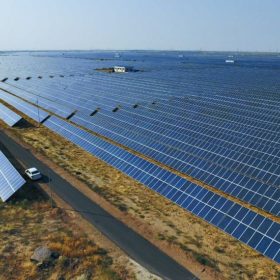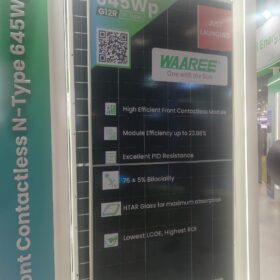Sharp begins developing zinc-air flow batteries for renewables storage
Sharp is developing a zinc-air battery tech for renewables storage. The device will be reportedly safer than their lithium-ion counterparts, with high energy densities.
Reliance Industries presents scaled-up solar, battery ambitions
Reliance Industries says that production will begin at its 10 GW factory for solar cells and modules by 2024. It plans to double the facility’s capacity to 20 GW by 2026 and is aiming for 50 GWh of annual cell-to-pack battery capacity by 2027.
JSW Energy wins SECI tender for 1 GWh of battery energy storage systems
The private-sector power producer will set up standalone, grid-connected battery energy storage projects with an aggregate capacity of 1 GWh on a build-own-operate-transfer basis. The projects will be located in the Indian State of Rajasthan.
Prime minister Narendra Modi to launch construction of Suzuki’s EV battery plant in Gujarat
Japanese carmaker Suzuki Motor is investing INR 7,300 crore (around $914 million) to set up the electric vehicle battery plant at Hansalpur in Gujarat. The plant will manufacture advanced-chemistry cell batteries.
New battery for residential, commercial applications
Dutch manufacturer MG Energy Systems is offering a new storage system in two versions, with capacities of 5.8 kWh and 7.2 kWh and nominal capacities of 230 Ah and 280 Ah.
Avaada to invest $5 billion in green hydrogen, ammonia plant with 6 GW captive renewables in Rajasthan
Ravi Verma, senior executive vice president at Avaada, told pv magazine that the Group would invest $5 billion into setting up an integrated green hydrogen and ammonia plant with 6 GW of captive renewable energy capacity in the state. The green ammonia facility will have a production capacity of 1 million tons per annum.
India’s power market design must evolve as renewables’ share rises, says IEEFA
A new report by IEEFA says India’s power market design must evolve to transition faster to an ultra-low-cost renewable energy-based electricity system.
Ohmium, Shell to jointly explore green hydrogen projects
The India arm of energy giant Shell and USA-based electrolyzer specialist Ohmium have signed an agreement to cooperate on green hydrogen applications, markets, and project opportunities.
INOXCVA flags off India’s largest liquid hydrogen tank
INOXCVA, a Vadodara-headquartered cryogenic solutions manufacturer, has designed, engineered, and manufactured the largest liquid hydrogen tank ever made in India. The tank will be deployed in South Korea’s first hydrogen liquefaction plant, with 5 tons of daily capacity, in order to supply hydrogen charging stations for buses, trucks, and trams.
India’s EV sales to annually surge 49% in 2021-30 period, says IESA
A new India Energy Storage Alliance (IESA) report projects electric vehicle sales to grow by as much as 49% per year to 17 million units by 2030, with electric two-wheelers accounting for almost 88% of total demand.
